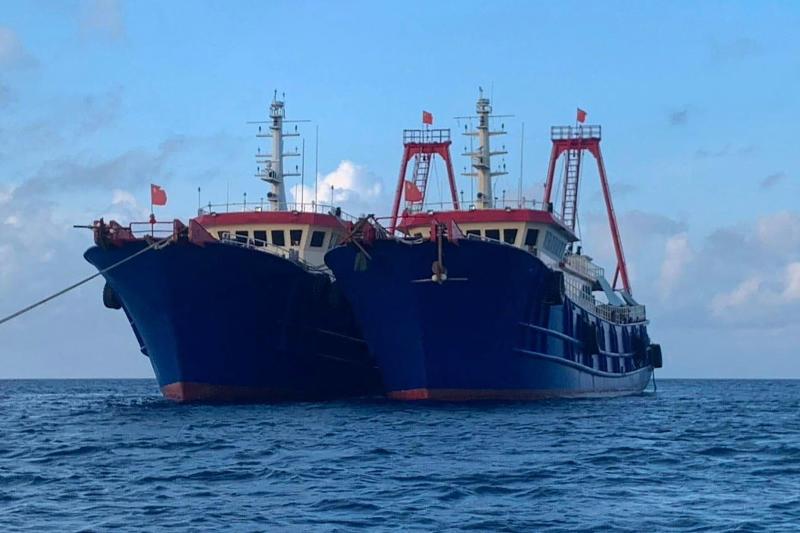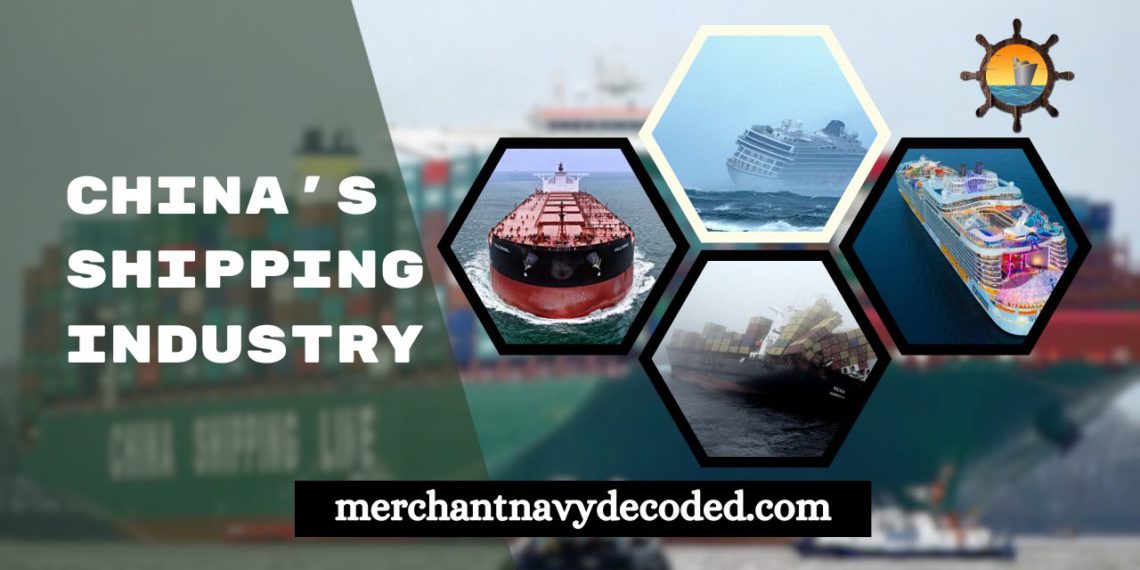China’s Shipping Industry | Journey to Global Dominance|
Overview
China’s shipping industry has grown a lot in the past years. It is one of the most influential countries out there in the market. It’s like a big game of moving things on huge ships. In the 1990s, they started getting really good at it. Then, in 2002, they became the best at handling containers.
Now, China’s shipping industry is the biggest in the whole world. They have the most ships, carry the most stuff, and have lots of shipping companies. By 2022, they had a massive 6,908 ships worth a super big $190 billion.
This blog will tell you more about how China went from local shipping success to being the king of global shipping. Get ready to learn about China’s amazing journey in the shipping world!
Ports in China
Let’s talk about places in China where big ships come and go. These places are called ports. China has a really long coastline – it’s 14,000 kilometers long! Along this coastline, there are 34 big ports. Some of these ports are super busy and among the busiest in the world.
Shanghai Port
One of the super busy ports is called the Port of Shanghai. It’s like a giant place where ships bring boxes filled with things like toys, clothes, and stuff. This port is the busiest in the world for these boxes, which we call containers. Imagine ships bringing thousands of these containers and taking thousands away every day – that’s what happens in Shanghai.
How much money does Shanghai Port make in one year?
In the year 2022, the Shanghai International Port made about 4.7 billion U.S. dollars. This was a bit less, around ten percent lower than the year before. The Shanghai International Port is in charge of the public container spots at the Port of Shanghai.
Shipping companies in China
- China’s shipping industry is controlled mainly by state-owned companies.
- The most significant player in the field is China COSCO Shipping Corporation Limited.
- Following closely are China Merchant Group and China Shipping Group.
China Ocean Shipping Company
- One of the largest shipping companies globally.
- They own and manage a fleet of over 1,394 ships.
- These ships, combined, have a total weight of around 113.82 million deadweight tons (dwt).
- They’re a major force in container shipping too.
- Their containers can hold a total capacity of about 3.02 million TEUs.
- This container capacity ranks them third in the world.
Bulk Carrier V/S Oil Tanker – Which is Better?
Employment
- The Chinese shipping industry is a prominent job provider with approximately 1.6 million people working in it.
- This industry is a significant player in the worldwide shipping market, and its growth is thanks to China’s quick economic growth and its role as the biggest exporter globally.
Ship Building
China is a leader not only in shipping but also in shipbuilding. In 2022, China’s shipbuilding sector took the top spot in the global market for both new orders and completed vessels, showcasing its impressive capabilities in building ships that sail the world’s oceans.
Three main reasons for the growth of shipping in China
The exponential growth of shipping in China can be attributed to three main reasons.
Government Support
- Over the years, the Chinese government has implemented policies and strategies that encourage and facilitate the growth of the shipping industry.
- These policies include favorable tax incentives, streamlined regulations, and infrastructure investments. By creating a conducive environment for shipping companies and shipbuilders to thrive, the government has paved the way for the industry’s expansion.
Innovation and Technology:
- China’s commitment to innovation and technology has been a driving force behind the industry’s rapid growth.
- Chinese shipyards and shipping companies have allocated significant resources to research and development, resulting in the creation of cutting-edge technologies and practices. This focus has led to the construction of larger, more advanced vessels that are not only more environmentally friendly but also capable of carrying greater amounts of cargo. This innovation has given China a competitive edge in global shipping.
Capacity Expansion:
- To meet the escalating demand for shipping services, Chinese shipyards have made substantial investments in expanding their production capabilities.
- By increasing their capacity to build ships, these shipyards have been able to keep up with the growing needs of the industry. This expansion has also allowed them to offer a wider range of vessel types, catering to various shipping requirements.
- As a result, China has been able to address the global demand for shipping with a diverse fleet.

Conclusion
In conclusion, China’s shipping industry’s meteoric ascent rests on government support, technological innovation, and capacity expansion. Government policies, technological advancements, and increased production capabilities have propelled China to the forefront of global shipping. With its blend of strengths and pioneering spirit, China’s success story serves as a beacon for sustained growth and leadership in the ever-evolving realm of international maritime trade.
Do You Want To Join the Merchant Navy? If Yes then
Please leave a question in the comment section if you have any.
Disclaimer :- The opinions expressed in this article belong solely to the author and may not necessarily reflect those of Merchant Navy Decoded. We cannot guarantee the accuracy of the information provided and disclaim any responsibility for it. Data and visuals used are sourced from publicly available information and may not be authenticated by any regulatory body. Reviews and comments appearing on our blogs represent the opinions of individuals and do not necessarily reflect the views of Merchant Navy Decoded. We are not responsible for any loss or damage resulting from reliance on these reviews or comments.
Reproduction, copying, sharing, or use of the article or images in any form is strictly prohibited without prior permission from both the author and Merchant Navy Decoded.




Good and content is very much logical
intresting content nice way of representing modern day politics in world